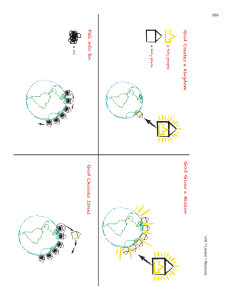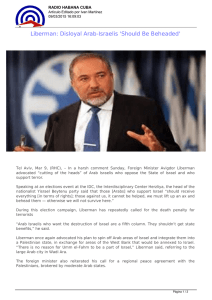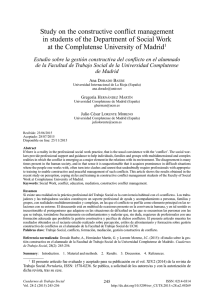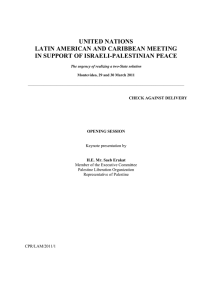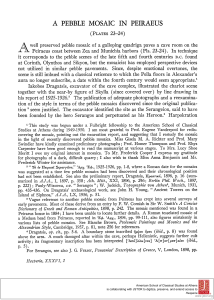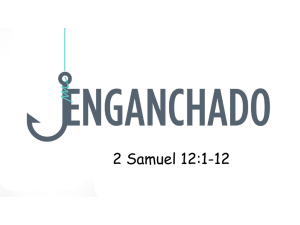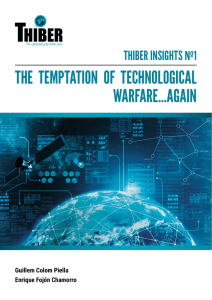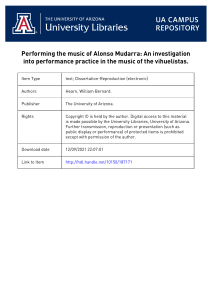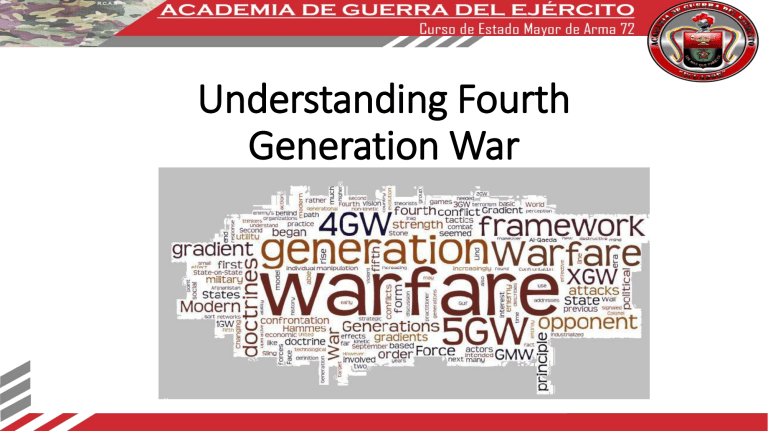
Understanding Fourth Generation War Understanding Fourth Generation War Fourth-generation warfare (4GW) is conflict characterized by a blurring of the lines between war and politics, combatants and civilians. The term was first used in 1980 by a team of United States analysts, including paleoconservative (William S. Lind) to describe warfare´s return to a decentralized form. In terms of generational modern warfare, the fourth generation signifies the nation states' loss of their near-monopoly on combat forces, returning to modes of conflict common in pre modern times. The simplest definition includes any war in which one of the major participants is not a state but rather a violent nons-state actor. Classical examples of this type of conflict, such as the slave uprising under Spartacus, predate the modern concept of warfare. Understanding Fourth Generation War Characteristics such as decentralization and initiative carry over from the Third to the Fourth Generation, but in other respects the Fourth Generation marks the most radical change since the Peace of Westphalia. In Fourth Generation war, the state loses its monopoly on war. All over the world, state militaries find themselves fighting nonstate opponents such as al-Qaeda, Hamas, Hezbollah, and the Revolutionary Armed Forces of Colombia. Almost everywhere, the state is losing Understanding Fourth Generation War In the 2006 fighting between Hizbollah and Israel, it soon became very clear that the two were fighting very different wars and that the Israelis were out of their element. The Israeli Defence Forces are superb at 3rd Generation Warfare and have an impressive record of success at it. Hizbollah wanted to shake that record of success, make Israel look either weak or like a bully (preferably both), and chose its approach very carefully. In the July/August fighting of 2006; Understanding Fourth Generation War First, Hizbollah needed to continue to threaten Israel after their provocation of July 12th 2006, in which it killed eight Israeli soldiers; kidnapped two others, and destroyed a tank. These in themselves, by Hizbollah/Hamas standards were considerable successes; but they really needed a more substantial threat. So Hizbollah fired over 4,000 rockets from Lebanon into Northern Israel; mostly 122mm Grad rockets (of the sort developed from the classic Soviet Katyusha), but also set off some longer range rockets provided by its Iranian masters to let a third of Israel know they were within Hizbollah’s reach. Understanding Fourth Generation War Fourth-generation warfare is normally characterized by a violent non-state actor (VNSA) fighting a state. This fighting can be physically done, such as by modern examples Hezbollah or the Liberation Tigers of Tamil Eelam (LTTE). In this realm, the VNSA uses all three levels of fourth generation warfare. These are the physical (actual combat; it is considered the least important), mental (the will to fight, belief in victory, etc.,) and moral (the most important, this includes cultural norms, etc.) levels. Understanding Fourth Generation War A 4GW enemy has the following characteristics: lack of hierarchical authority, lack of formal structure, patience and flexibility, ability to keep a low profile when needed, and small size. A 4GW adversary might use the tactics of an insurgent, terrorist, or guerrilla in order to wage war against a nation's infrastructure. Fourth generation warfare takes place on all fronts: economical, political, the media, military, and civilian. Conventional military forces often have to adapt tactics to fight a 4GW

